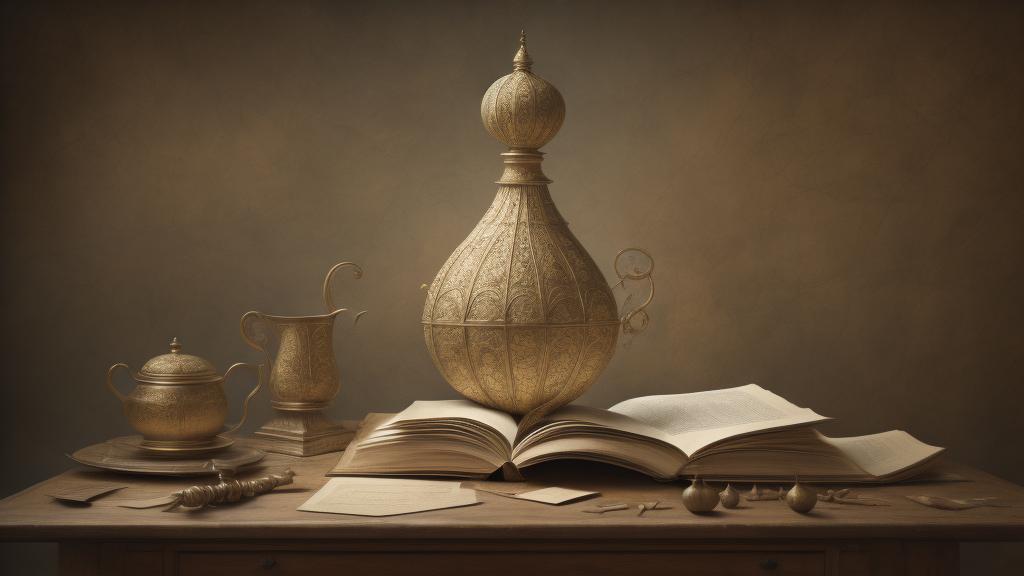Nursery rhymes have long been a staple of childhood, chanted joyfully in playgrounds and recited at bedtime. Yet, behind their soothing melodies and cheerful lyrics often lies a past steeped in darkness and intrigue. The origins of many well-loved nursery rhymes deliver eerie tales of historical events, politics, and even hidden social commentary. This article delves into the surprisingly macabre stories behind some of the most familiar nursery rhymes, shedding light on their complex backgrounds and the contexts that gave birth to them. Join us on this journey to uncover the unsettling truths behind 'Rock-a-bye Baby', 'Mary, Mary, Quite Contrary', and more, revealing how these seemingly innocent rhymes mask a tapestry woven with the threads of history’s shadows.
'Ring Around the Rosie': Many of us sang this rhyme while spinning in circles during our childhood, but there's a dark theory behind its origin. It's believed by some scholars to reference the Great Plague of London in 1665. 'Ring-a-ring of rosies' refers to the circular rash that was a symptom of the plague, while 'a pocket full of posies' relates to the supposed remedies stuffed into pockets to fend off the disease. The line 'ashes, ashes' mirror the cremation of infected bodies, and 'we all fall down' symbolizes the widespread death resulting from the plague.
'Mary, Mary, Quite Contrary': This seemingly benign rhyme is speculated to be about Mary I of England, also known as 'Bloody Mary'. The 'silver bells' and 'cockleshells' referenced in the rhyme are believed to be euphemisms for instruments of torture used during her reign, while 'pretty maids all in a row' could symbolize her victims.
'Rock-a-bye Baby': This lullaby probably originated in America due to imagery with Western trees. One theory suggests it cryptically discusses the downfall of King James II of England. The line 'when the bough breaks, the cradle will fall' alludes to the political change that led to his expulsion during the Glorious Revolution.
'Jack and Jill': The nursery rhyme 'Jack and Jill went up the hill to fetch a pail of water' seems simple enough. However, there are theories that tie it to the French Revolution, where 'Jack' represents King Louis XVI and 'Jill' his wife, Marie Antoinette. Both met their demise via the guillotine, symbolized by 'breaking their crowns'.
'Baa Baa Black Sheep': This rhyme dates back to the 13th century, during medieval England's wool tax era. The 'master' in the rhyme refers to the king, the 'dame' is the nobility, and the 'little boy who lives down the lane' represents the tax collector. Each line of wool in the rhyme corresponds to the share taken by each of these three persons.
These nursery rhymes have traveled through centuries, evolving with language, culture, and society. Yet, their dark origins remain a stark reminder of the historical events and societal conditions of the past. Understanding these fascinating histories behind beloved nursery rhymes not only offers insight into the events that shaped them but also challenges us to view them in a new light. Understanding this history, one may begin to wonder how contemporary events and social issues might shape the stories and songs that future generations will inherit.
In conclusion, nursery rhymes serve as more than just charming childhood memories. They are windows into the past woven into the collective fabric of human history. As we recite these rhymes to our children, it’s interesting to reflect on their poignant origins, bridging the past and the present through rhythm and verse. So the next time you hear a nursery rhyme, you might find yourself contemplating the complex tapestry of history and folklore that brought it to life.
The surprisingly eerie history of nursery rhymes

